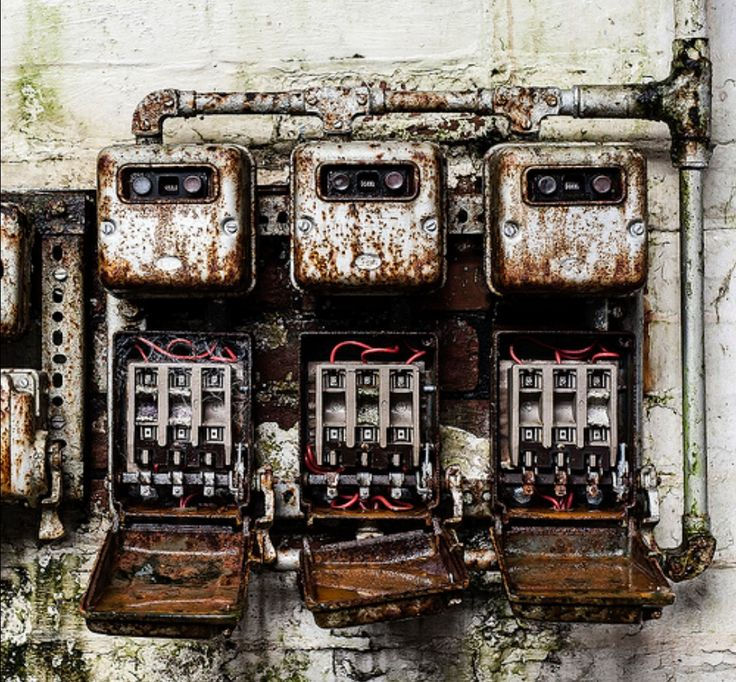What Are the Differences Between 60-Amp and 100-Amp Service Limits in Old Fuse Panels?
- John@LiteHouse

- Sep 18
- 2 min read
Many older homes still have old fuse panels instead of modern circuit breakers. These panels often confuse homeowners who wonder about their electrical capacity.

The difference between 60-amp and 100-amp service affects what appliances you can run safely. Understanding these limits helps prevent electrical problems and safety issues.
What Are Old Fuse Panels?
Old fuse panels were the standard electrical distribution system before circuit breakers became popular. They use screw-in fuses that blow when circuits overload.
These panels typically date from the 1950s through the 1970s. Many homes still rely on them today, especially in older neighborhoods.
The main difference lies in how much electricity they can handle safely. This measurement is called amperage or "amps."
60-Amp Service: The Basics
A 60-amp service provides 60 amperes of electrical current to your home. This was common in homes built before 1960.
With 60-amp service, you get about 14,400 watts of total power. That sounds like a lot, but modern homes use electricity differently than homes from decades past.
Back then, homes had fewer electrical appliances. No central air conditioning, dishwashers, or multiple televisions running simultaneously.
Today's lifestyle quickly maxes out 60-amp service. Running a dryer, air conditioner, and electric stove at once can overload the system.
100-Amp Service: More Power Available
A 100-amp service delivers 100 amperes to your home. This became standard for new construction starting in the 1960s.
This service level provides 24,000 watts of power. That extra capacity makes a huge difference for modern electrical needs.
With 100-amp service, you can safely run multiple large appliances without worry. The system handles electric dryers, central air, and kitchen appliances better.
Most old fuse panels with 100-amp service still work fine for average households today.
How to Tell the Difference
Check the main fuses at the top of your panel. Two large fuses side by side usually indicate the amperage.
60-amp panels typically have smaller main fuses. 100-amp panels have larger ones, often labeled clearly.
You can also look for numbers stamped on the panel itself. The amperage rating should be visible somewhere on the equipment.
When in doubt, call an electrician to verify your service capacity. They can quickly identify what you have.
Safety Concerns with Old Fuse Panels
Old fuse panels face several safety issues regardless of amperage. The connections can become loose over time, creating fire hazards.
Fuses themselves can be dangerous if people install the wrong size. Some homeowners put larger fuses in to stop them from blowing.
This practice defeats the safety system. Fuses protect your wiring from overheating and catching fire.
Many insurance companies charge higher rates for homes with old fuse panels. Some refuse coverage entirely.
Making the Right Decision
Old fuse panels can work safely if properly maintained and not overloaded. However, modern alternatives offer significant advantages.
Consider your household's electrical needs, budget, and long-term plans. Professional inspection helps determine the best course of action.




Comments